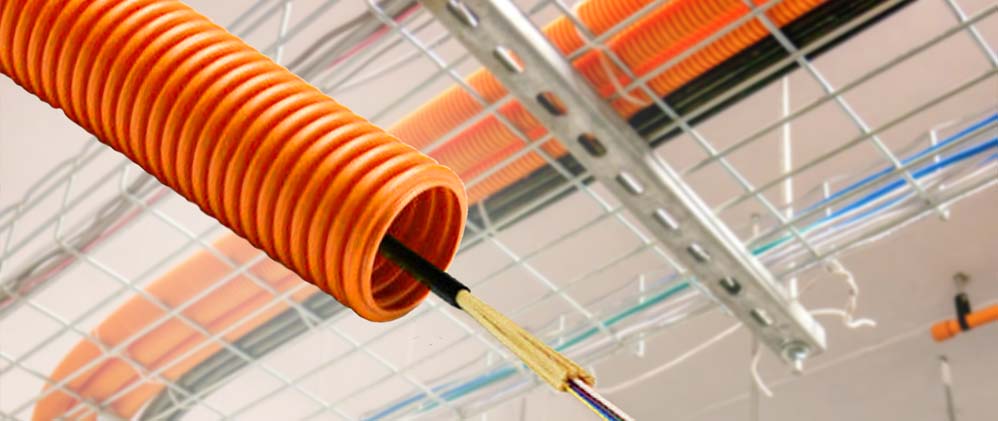
Our Cable Laying Service solution provides a comprehensive infrastructure for data, voice, and video communication within a building or campus. It involves a standardized approach to cabling and connectivity, ensuring flexibility, scalability, and efficiency.
Finding and clearing the cable pathway is necessary to ensure a smooth installation. This involves removing obstructions, planning cable trays, conduits, or raceways, and ensuring proper support structures to accommodate the cables.
- Pulling: Involves pulling the cables through conduits, raceways, or cable trays using pulling tools, lubrication, or cable pulling machines.
- Direct Burial: Suitable for outdoor installations, where cables are buried underground at appropriate depths using trenching or ploughing techniques.
- Overhead Installation: Involves installing cables on poles, aerial structures, or overhead cable trays.
During cable installation, care should be taken to avoid excessive bending, stretching, or sharp bends that can damage the cables and affect performance.
Selecting the appropriate type of cable is crucial based on the intended use, data transmission requirements, environmental conditions, and regulatory standards on Cable Laying process. This may include considerations such as twisted-pair copper cables (Cat5e, Cat6, etc.), fiber optic cables (single-mode or multi-mode), coaxial cables, or specialized cables for specific applications. Our Cable Laying Service will help you to select the correct cable type
Once the cables are laid, the next step is to terminate and connect the cables to the respective devices or termination points. This may involve stripping the cable jacket, terminating connectors, splicing fibers (in the case of fiber optic cables), and ensuring proper grounding and bonding as per requirements. After the cable installation and termination, it is crucial to perform comprehensive testing to verify cable integrity, signal quality, and adherence to performance standards. Testing may include checks for continuity, resistance, attenuation, crosstalk, and data transmission performance. Proper documentation and certification of the installed cables will also be provided. Proper cable management is essential to ensure an organized and tidy cable infrastructure. This involves using cable ties, racks, trays, or other cable management solutions to bundle and secure the cables, minimize cable slack, and facilitate future maintenance and troubleshooting.
If you are interested in our services, please dont hesitate to contact our sales here.
